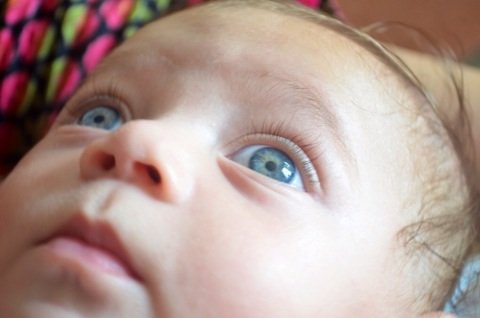
WHAT IS ANGELMAN SYNDROME?
- WHAT IS ANGELMAN SYNDROME ? : AS is a rare genetic neuro-developmental disorder characterized by severe developmental delay, sleep disorders, jerky movements and frequent laughter .
- It was first discovered in the year 1965 by a British Pediatrician, Dr. Harry Angelman.
- The syndrome is caused by an abnormality in a region of chromosome 15 and it’s usually not recognized at birth.
- AS is typically diagnosed between the ages of 3 and 7.
- The main characteristics of this syndrome are delayed motor skills, minimal or absence of speech, developmental delay, ataxia (shaky and unsteady movements), seizures, constant happy behavior that includes frequent laughing, smiling and excitability.
- The exact prevalence of AS is unknown, but it is estimated that it affects 1 in 12000-20000 people.

SYMPTOMS OF AS
- Developmental delays usually noticeable between 6 to 12 months.
- In addition to this there may be sucking difficulties and problems with feeding, lack of crawling or babbling
- Seizures are reported in 80% of cases
Following are the clinical symptoms of AS by Dr. Charles Williams :
A. Consistent Features (100%)
- Develpomental delay
- Speech Impairment, minimal or no use of words though non-verbal communication skills are higher
- Ataxia (balance disorder)
- Frequent laughter, easily excitable with hand flapping movements, short attention span
B. Frequent Features (80%-99%)
- Microcephaly (smallness of head circumference)
- Seizures
- Abnormal EEG
C. Associated Features (20%-80%)
- Protruding tongue
- Swallowing disorders
- Hypopigmented skin and eyes (light coloured).
- Wide mouth, wide spaced teeth.
- Mouthing
- Sleep disorders
- Fascination to water
- Increased sensitivity to heat.
- Uplifted , flexed arms during walking.
- Frequent drooling.
- Strabismus (crossed eyes)
DIAGNOSIS AND TESTING

- The diagnosis and testing of AS is usually carried out after the baby is born.
- A blood test can detect most of the individuals with AS by identifying whether the UBE3A gene is functioning properly or not.
- Fluorescent in situ hybridization (FISH) test.
- CGH Array test.
TREATMENT
- As for now, there is no cure available for AS. But through various types of therapies, the life of an AS individual can be made much simpler.
- Occupational Therapy.
- Physiotherapy
- Communication and Speech Therapy.
- Use of anti-convulsion medication.
- Medication for sleep disorder
- Regular eye check up
- Need Medical help? Click here

